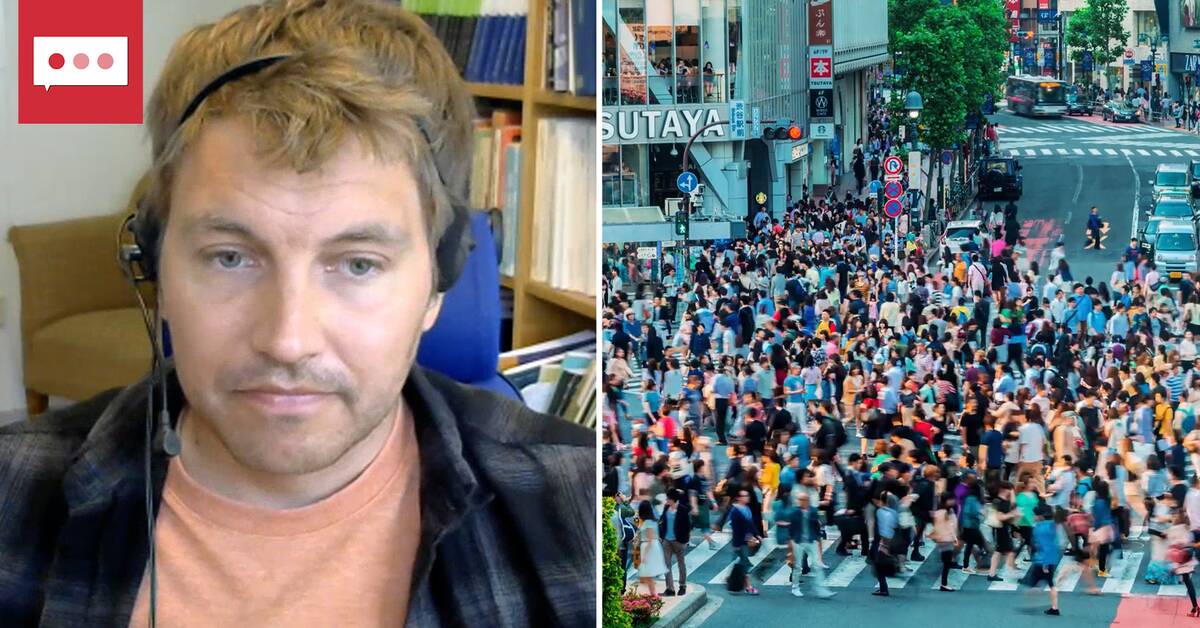There may be around 10.4 billion people on earth by 2100, according to the UN's new report on population.
Something that can have different consequences, according to Martin Kolk, associate professor of demography at Stockholm University and the Institute for Future Studies.
- More people means greater challenges with consumption and the environment.
People need to eat, have housing and agricultural land.
The pressure on natural resources is increasing, he says.
Despite this, it is the slowest increase in the world's population since 1950.
- This is because childbirth in the world has declined and is assumed to continue to do so.
With increased economic growth, declining mortality and more education, childbirth has decreased, says Martin Kolk.
The population is increasing most in Asia and Africa
In several countries of the world, childbirth is lower than it was several years ago, but in some parts of Asia and sub-Saharan Africa, childbearing is still high.
Which means that the UN in its forecast expects that the world's population increase will mainly take place in countries such as Egypt, Ethiopia, the Philippines, India, Congo-Kinshasa, Nigeria, Pakistan and Tanzania.
- In sub-Saharan Africa, the birth rate is highest in the world, says Martin Kolk and believes that high birth rates in Africa and South Asia, among other things, contribute to India surpassing China as the world's most populous country in the near future.
He continues:
- According to the latest forecast, China's population has adjusted down quite sharply due to low childbearing in recent years and assumed low childbearing in the future.
Hear how things are for Sweden in the video above.

